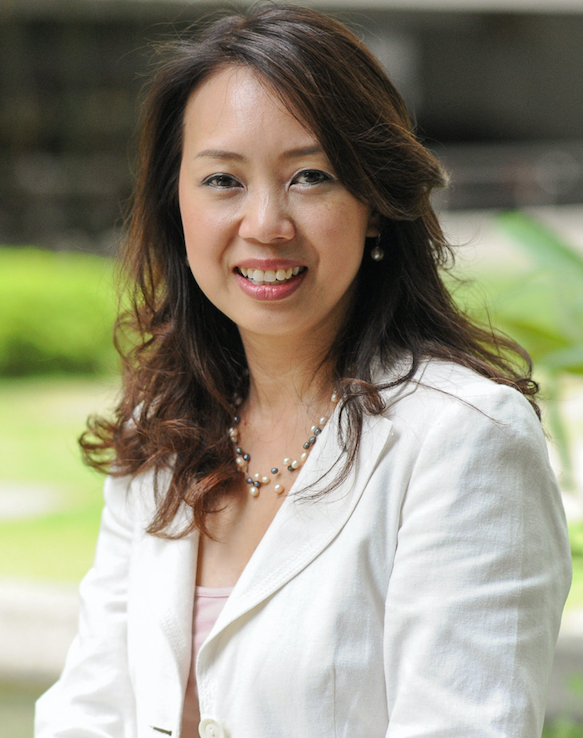Converged advertising: StarHub brings digital and TV together
Combining TV and digital advertising to good effect has long been seen as a key goal for advertisers. Singapore’s StarHub has invested in realising this vision, writes Tom Campbell.
The ability to properly combine a TV and digital advertising campaign, using the respective strengths of each, has long represented something of a holy grail to advertisers.
TV, for instance, is seen as effective for brand building purposes, but less impressive when it comes to eliciting action. Digital, meanwhile, is perceived to have the opposite strengths and weaknesses. Typically, advertisers today buy twice, cross their fingers and hope there isn’t too much wastage in an inevitably uncoordinated effort.
One of the things Big Data promises however, particularly for those service providers providing more than just pay TV, is better alignment of the two.
To find a truly successful use-case, however, it may help to take a global perspective. Fortunately, TV Connect (April 26-28 2016 ExCeL, London) offers one, and among the innovators speaking at this year’s event is Singapore telco StarHub’s Germaine Ng Ferguson, general manager, integrated solutions and analysis, who has spent the last couple of years overseeing the award-winning implementation of this vision.
“About five years ago, we started to digitise and transform our business,” Ferguson said, shortly after her appearance in London was confirmed. “The media industry was evolving too, with the emergence of digital advertising, and the fact that return path data technology was becoming more popular. When, in early 2012, we started to collect and analyse return path data, it was still quite nascent, and was pretty much just used internally by the TV content and product teams, in terms of how to use it for pricing, packaging, and content acquisition.”
This same data, however, was already suggesting alternative usages.
“There was a need to future proof our TV business and we decided to focus more on developing big data, and leveraging the return path data we’d been collecting over the years and merge it anonymously with our CRM data. Then we looked at our mobile data: things like mobile surfing, keywords and mobile app downloads. We brought all this together with a view to better understanding our customers across multiple touch points and data sets.”
The result was the Smart Targeting product offering, which in 2014 was recognised at the Singapore Media Awards 2014 as the Most Innovative Contribution to a Campaign by Media Owner.
“Targeted advertising in today’s context is nothing new, but the very fact that, if you were to look at how we were to actually take this data from TV, and then to the digital space, that is actually where we make that leap into the space in showcasing that it can be done,” said Ferguson.
StarHub achieved this leap through the use of its own in-house resources. “We have an analytics department that helps us to make sense of the huge amount of data we collect, and then how to correlate them to our subscribers’ information,” says Ferguson. The result is a series of cross-media segmentations such as the ‘fashionista’. “A fashionista is defined as someone who watches our fashion TV, and then at the same time, visits online fashion website and shops, or downloads related apps. Behaviour like this allows us to understand a consumer segment.”
The segmentation is then made available in a data management platform that spans TV, digital and even direct advertising (such as bill inserts and mobile SMS broadcast).
When StarHub launched Smart Targeting advertising, it ran a test case with a leading (unnamed) fast moving consumer goods client. “This client relied quite heavily on TV, and they were buying digital advertising separately. There was no way to correlate and say it’s the same segment that’s being reached on TV, so they were worried about media wastage,” said Ferguson.
For the test, the client ran a campaign on StarHub’s pay TV platform. Every fortnight, the return past data was analysed to see which segments were being reached. Having identified as much, they could respond accordingly, and where relevant digitally deliver a follow up advertisement– or, for those unlikely to have seen it, the original. The client ran research at the end of the campaign, and from this was able to register a significant brand awareness lift, as well as a purchase intention and campaign awareness lift. It considered the uplift significant enough to have continued purchasing Smart Targeting for the two years since.
Now, off the back of Smart Targeting, last September StarHub launched SmarTAM, the first RPD-based TV audience measurement, along with an advertising trading currency. This has been well received by many regional broadcasters that are in the process of subscribing to the data.
At TV Connect, Ferguson is looking forward to learning more from fellow innovators in the space.
“We hope that the success we have in Singapore is something worth mentioning in a conference as big as TV Connect. What we’re doing is not unique to Singapore. Other panel members – from Sky, for example – they’ve been in this space and are pretty advanced as well in what they’re doing. There’s a lot to learn. How can we digitise TV without taking away the pure benefits of what TV can actually provide,” she said.
TV Connect remains the perfect destination to find the answers to questions like this.

